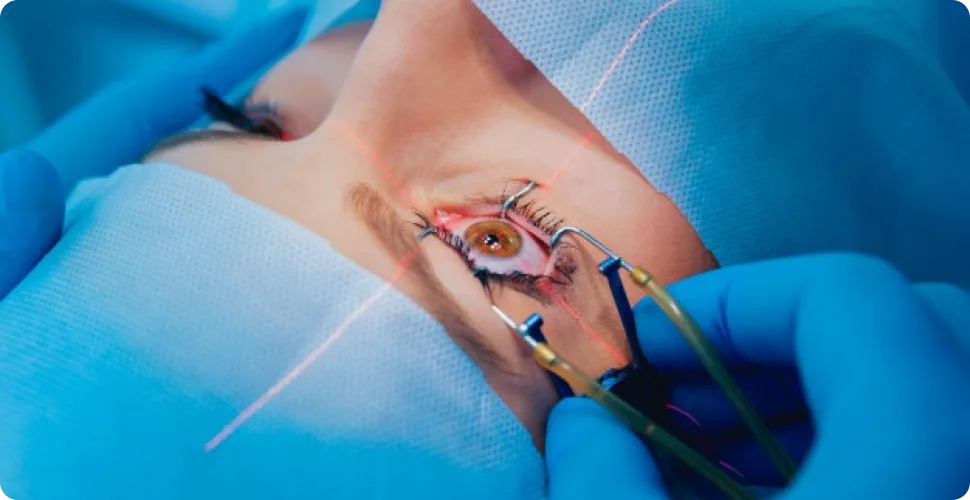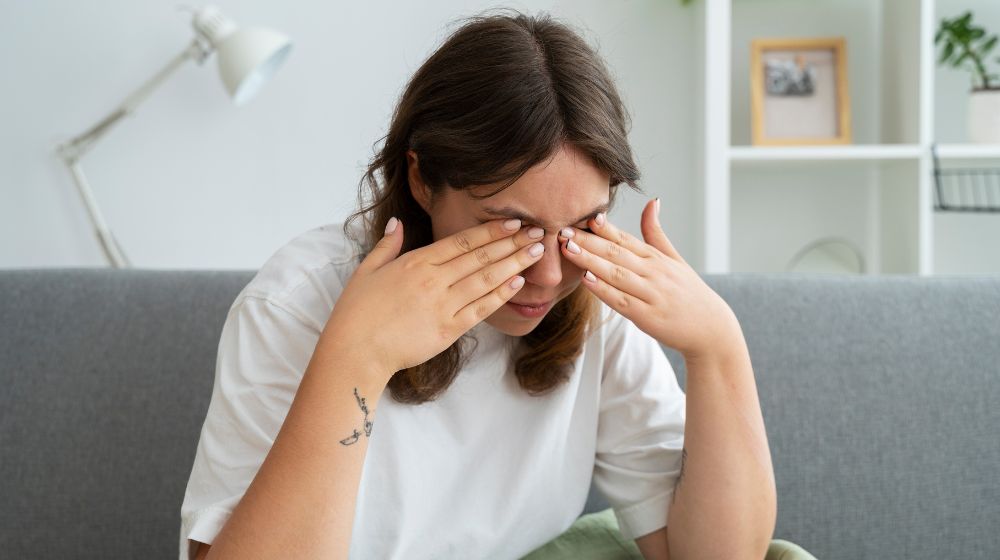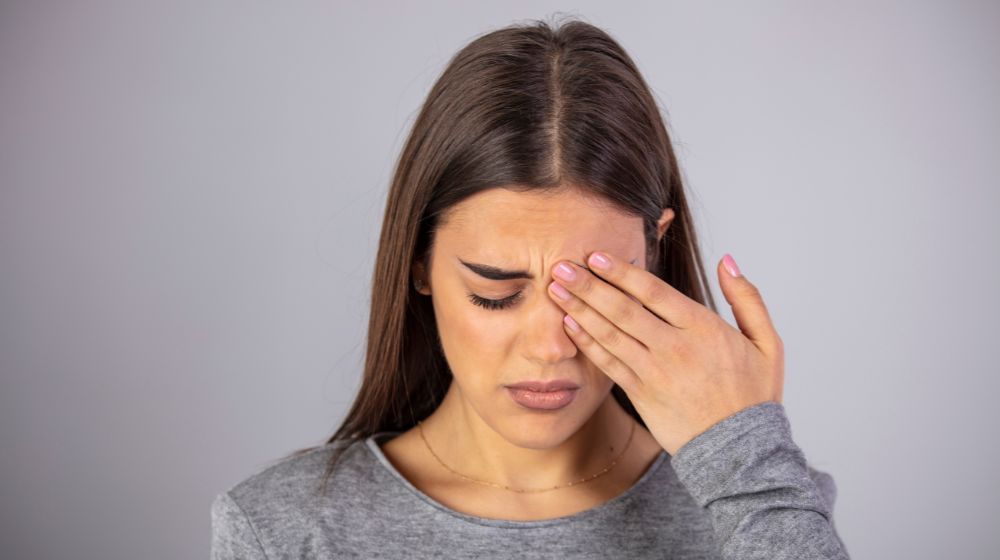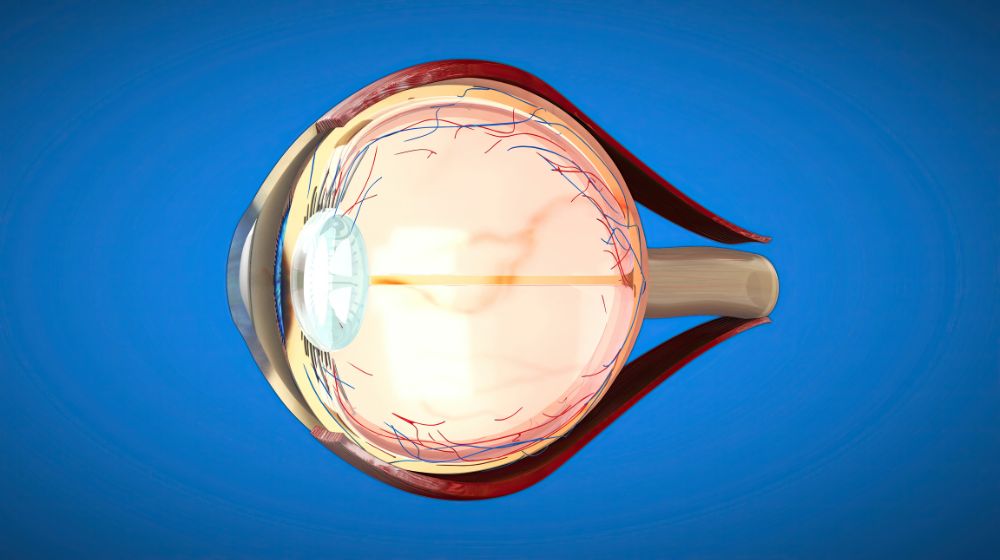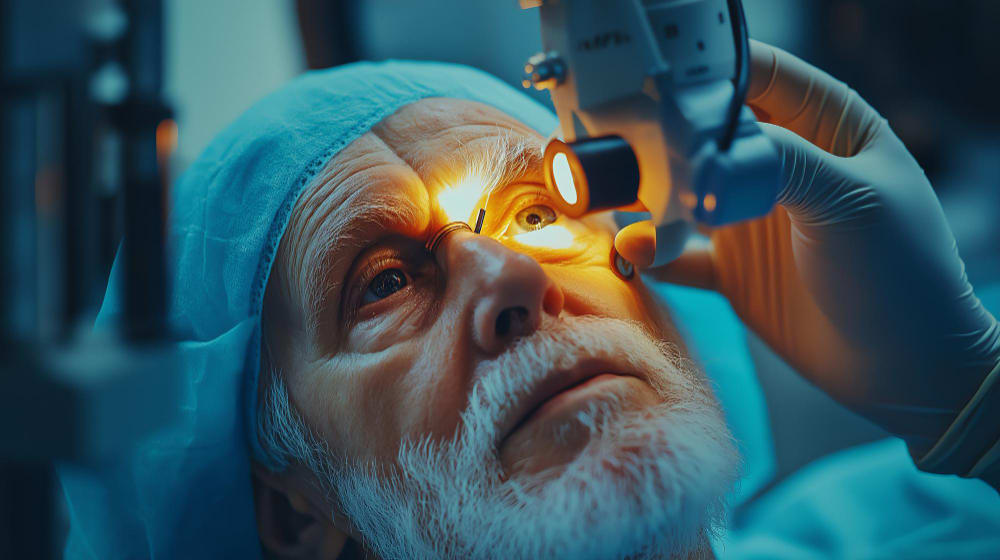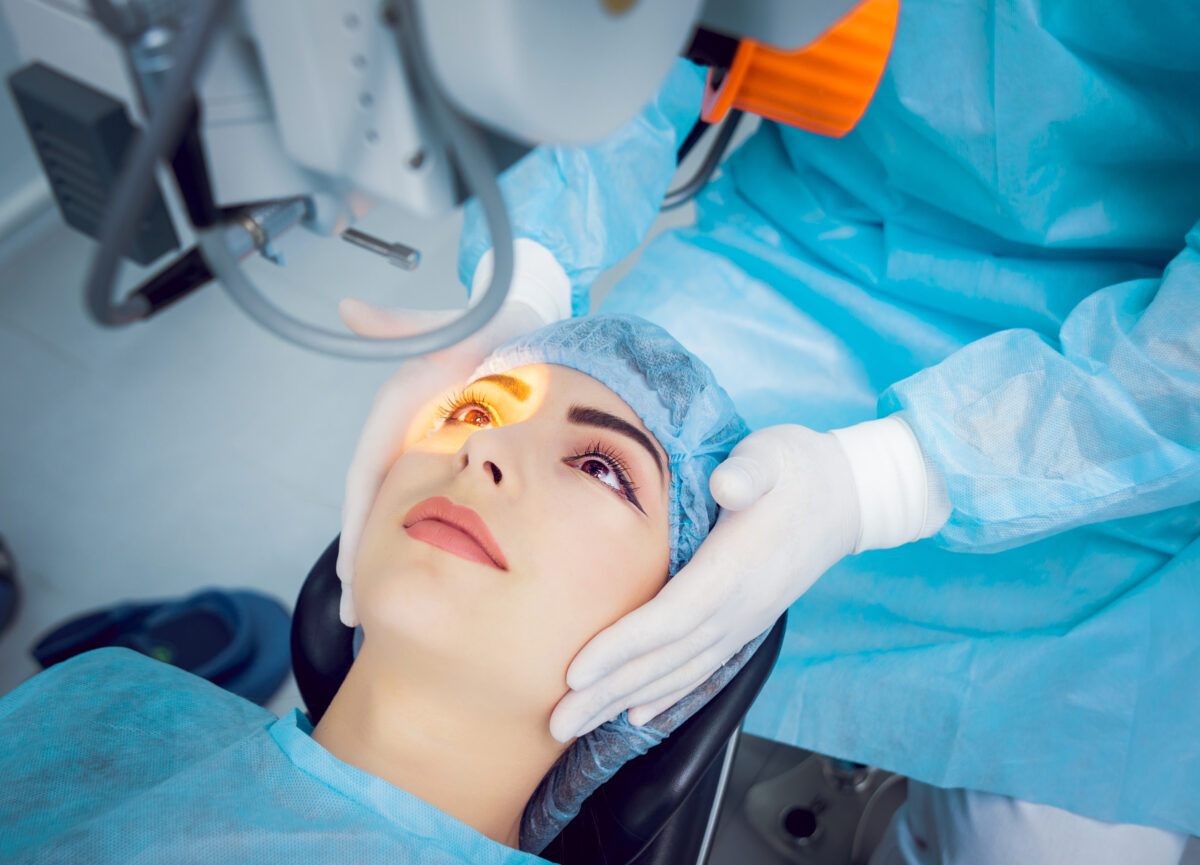Cataracts are one of the most common eye conditions affecting millions of people worldwide, particularly those over the age of 50. Traditionally, cataract treatment involved conventional surgical procedures that required manual techniques to remove the cloudy lens and replace it with an artificial intraocular lens (IOL). While effective, these methods often posed risks such as imprecise incisions, longer recovery times, and potential complications. However, recent advancements in ophthalmology have introduced laser eye surgery for cataracts, revolutionizing the way this condition is treated and improving outcomes for patients. What Is Laser Eye Surgery for Cataracts? Laser eye surgery for cataracts is an advanced procedure that uses a highly precise femtosecond laser to assist in key steps of cataract surgery. Unlike traditional methods, where surgeons rely on handheld instruments, the laser allows for automated, computer-guided incisions and lens fragmentation. This precision reduces the risk of human error and ensures more predictable results. The main advantages of using lasers in cataract surgery include: The Procedure: How Laser Technology Changes the Game Laser-assisted cataract surgery typically follows these steps: Because the laser minimizes the need for mechanical manipulation inside the eye, the procedure tends to be safer, faster, and less stressful for both the patient and the surgeon. Benefits of Laser Eye Surgery for Cataracts The introduction of laser technology in cataract treatment offers numerous advantages: 1. Improved Accuracy and Safety Manual cataract surgery requires skillful hands, but even the most experienced surgeons can face variability. With laser assistance, the procedure becomes highly standardized, reducing the chances of complications such as corneal damage, irregular incisions, or lens misalignment. 2. Faster Recovery Patients often experience quicker visual recovery after laser-assisted cataract surgery. The precise incisions and gentle lens fragmentation reduce trauma to surrounding tissues, leading to less inflammation, fewer post-operative medications, and faster healing. 3. Reduced Risk of Astigmatism The laser can create customized corneal incisions that help correct pre-existing astigmatism. This not only improves visual clarity but can also reduce the need for glasses after surgery. 4. Enhanced Outcomes for Complex Cases Patients with high prescriptions, irregular corneas, or previous eye surgeries can particularly benefit from laser-assisted cataract surgery. The customized approach ensures optimal lens placement and visual results, even in challenging cases. Laser Eye Surgery After Cataract Surgery: Enhancing Vision Further For some patients, vision may still require refinement even after cataract removal. This is where laser eye surgery after cataract surgery comes into play. Often referred to as “laser touch-up” or refractive laser surgery, it can correct residual refractive errors such as nearsightedness, farsightedness, or astigmatism. Laser eye surgery after cataract surgery typically involves: By combining the benefits of cataract removal with post-operative laser vision correction, patients can enjoy sharper, more comfortable vision, often surpassing the results of traditional cataract surgery alone. Who Is a Candidate for Laser-Assisted Cataract Surgery? Most patients with age-related cataracts are eligible for laser-assisted procedures. However, certain factors are considered before recommending the surgery: A thorough consultation with a licensed ophthalmologist is essential to determine if laser eye surgery for cataracts or post-cataract laser adjustments are suitable. The Future of Cataract Treatment The integration of laser technology marks a significant shift in cataract care. Ongoing research and development continue to enhance precision, safety, and patient satisfaction. Some promising advancements include: As technology evolves, cataract patients can expect not only safer surgeries but also better visual outcomes and reduced dependence on corrective eyewear. Conclusion Laser eye surgery is revolutionizing cataract treatment by introducing unprecedented precision, safety, and visual outcomes. From the initial laser eye surgery for cataracts to laser eye surgery after cataract surgery for fine-tuning vision, patients now have access to procedures that significantly enhance quality of life. With faster recovery, reduced complications, and customized visual correction, laser-assisted cataract surgery represents a major advancement in ophthalmology. For those experiencing cataracts or considering post-surgery vision refinement, consulting with a qualified eye specialist can open the door to clearer, sharper, and more independent vision.
